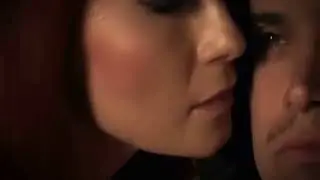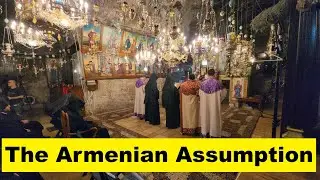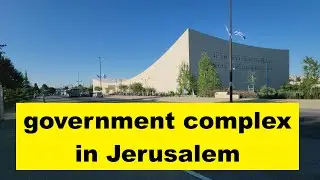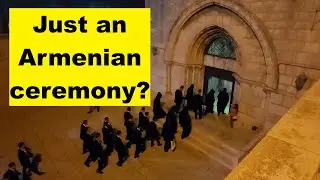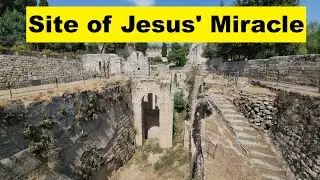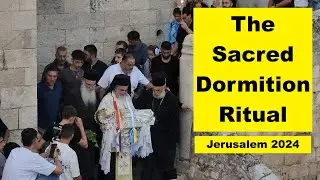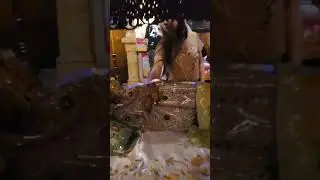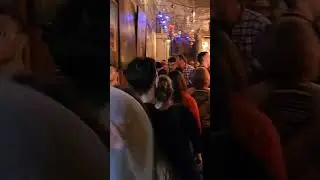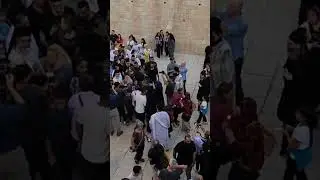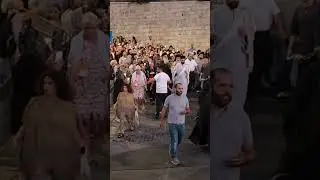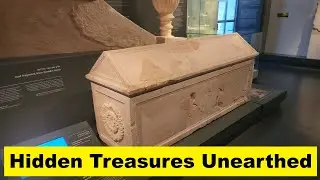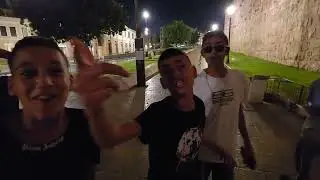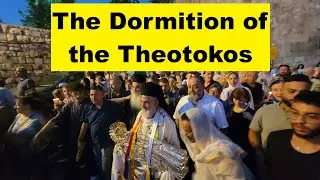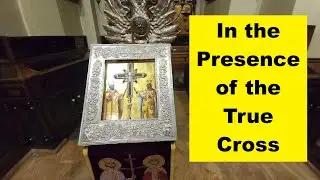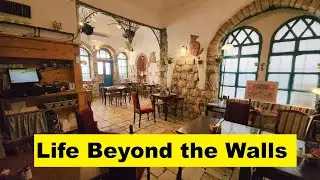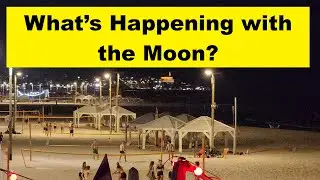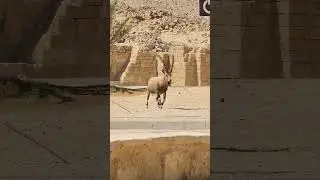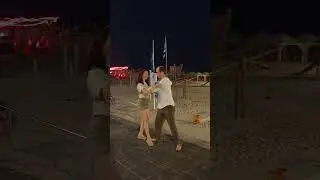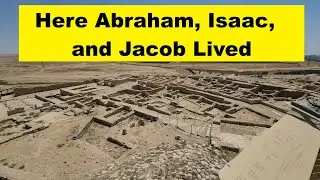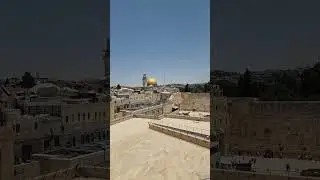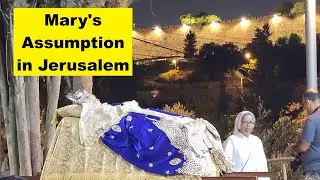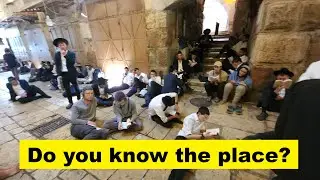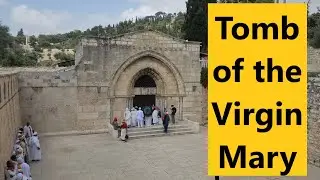Witnessing the True Cross: Profound Moments in Jerusalem's Church of the Sepulchre (Zahi Shaked)
Information about the Church of the Holy Sepulchre / Church of the Resurrection / Church of the Anastasis itself will be provided after this announcement (Avanna maharajh).
Unfortunately, I have not been able to work as a tour guide because of the war.
Should you wish to support me and my videos please subscribe to my channel and let me guide you through the Holy Land via my videos. In this way, I will be able to continue to do my work of uploading to YouTube. Upon your request and in return I am very much happy to pray for you at the Western Wall and/or light a candle in your name at the Church of the Holy Sepulchre or anywhere else in the Holy Land of Israel.
Should you have a personal request I will be more than happy to respond and even film it in a personal video.
Support and purchase of goods from the Holy Land: https://www.buymeacoffee.com/zahishaked
Support using PayPal: https://www.paypal.com/paypalme/zahis...
Kindly share this site with your other friends/family that are interested in the rich and sacred
history of Israel.
Thank you so much
Your tour guide
Zahi Shaked
/ zahishakedisraelitourguide
/ zahi_shaked_israeli_tour_guide
https://linktr.ee/zahishakedtourguide...
The Church of the Holy Sepulchre is a church in the Christian Quarter of the Old City of Jerusalem. According to traditions dating back to the fourth century, it contains the two holiest sites in Christianity: the site where Jesus was crucified, at a place known as Calvary or Golgotha, and Jesus's empty tomb, where he is believed by Christians to have been buried and resurrected.
After allegedly seeing a vision of a cross in the sky in 312, Constantine the Great converted to Christianity, signed the Edict of Milan legalising the religion, and sent his mother Helena to Jerusalem to look for Christ's tomb. With the help of Bishop of Caesarea Eusebius and Bishop of Jerusalem Macarius, three crosses were found near a tomb, leading the Romans to believe that they had found Calvary. Constantine ordered in about 326 that the temple to Jupiter/Venus be replaced by a church. After the temple was torn down and its ruins removed, the soil was removed from the cave, revealing a rock-cut tomb that Helena and Macarius identified as the burial site of Jesus. A shrine was built, enclosing the rock tomb walls within its own.
In 327, Constantine and Helena separately commissioned the Church of the Nativity in Bethlehem to commemorate the birth of Jesus.
The Church of the Holy Sepulchre was built as separate constructs over the two holy sites: the great basilica (the Martyrium visited by Egeria in the 380s), an enclosed colonnaded atrium (the Triportico) with the traditional site of Calvary in one corner, and across a courtyard, a rotunda called the Anastasis ("Resurrection"), where Helena and Macarius believed Jesus to have been buried.
The church was consecrated on 13 September 335. Every year, the Eastern Orthodox Church celebrates the anniversary of the Dedication of the Temple of the Resurrection of Christ
Stone of Anointing
The Stone of Anointing, where Jesus's body is said to have been anointed before burial
Just inside the entrance to the church is the Stone of Anointing (also Stone of the Anointing or Stone of Unction), which tradition holds to be where Jesus's body was prepared for burial by Joseph of Arimathea, though this tradition is only attested since the crusader era (notably by the Italian Dominican pilgrim Riccoldo da Monte di Croce in 1288), and the present stone was only added in the 1810 reconstruction.
The wall behind the stone is defined by its striking blue balconies and taphos symbol-bearing red banners (depicting the insignia of the Brotherhood of the Holy Sepulchre), and is decorated with lamps. The modern mosaic along the wall depicts the anointing of Jesus's body, preceded on the right by the Descent from the Cross, and succeeded on the left by the Burial of Jesus.
The wall was a temporary addition to support the arch above it, which had been weakened after the damage in the 1808 fire; it blocks the view of the rotunda, separates the entrance from the catholicon, sits on top of four of the now empty and desecrated Crusader graves[86] and is no longer structurally necessary. Opinions differ as to whether it is to be seen as the 13th Station of the Cross, which others identify as the lowering of Jesus from the cross and located between the 11th and 12th stations on Calvary.
The lamps that hang over the Stone of Unction, adorned with cross-bearing chain links, are contributed by Armenians, Copts, Greeks and Latins.
Zahi Shaked A tour guide in Israel and his camera [email protected] +972-54-6905522 tel סיור עם מורה הדרך ומדריך הטיולים צחי שקד 0546905522
My name is Zahi Shaked
In 2000 I became a registered licensed tourist guide
